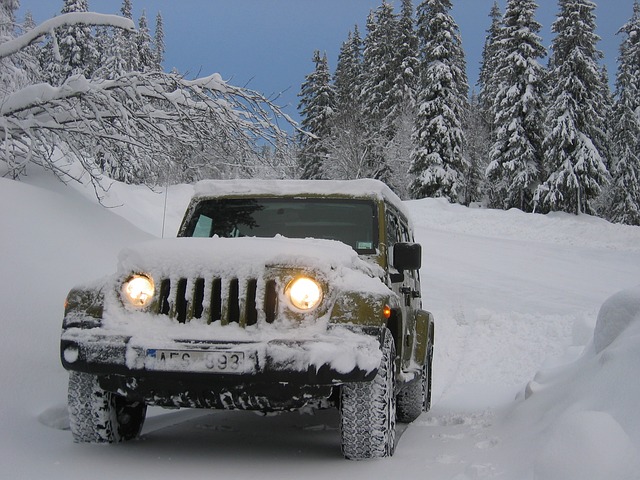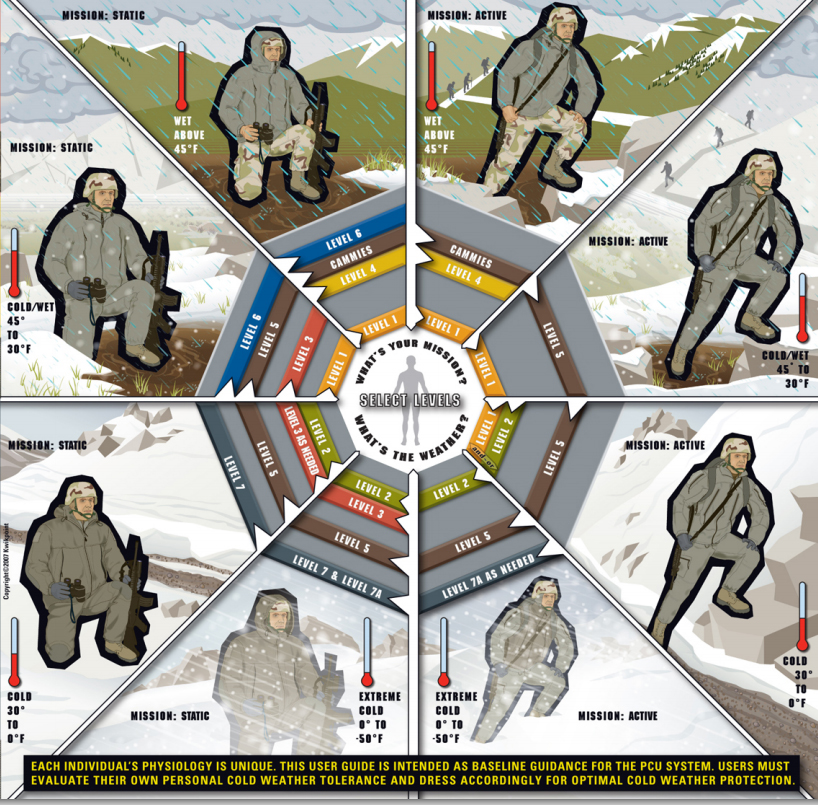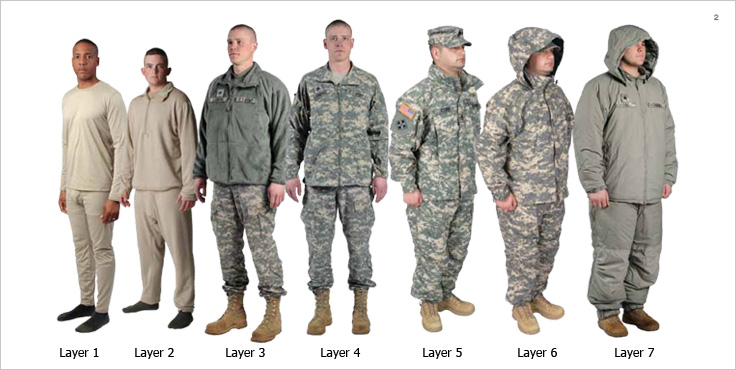
Winter can be a dangerous time for drivers because of all the heavy snow conditions that clutter up the road. You have inches of snow and ice that can make it difficult for any driver to drive their car safely. But sometimes you can do everything right as a driver and still encounter a problem, such as your car breaking down in a heavy snow storm. Perhaps you are far from civilization when this happens as well. This means you have no luxury of flagging down someone to help you out or let you use their phone. Instead, you are all alone in this uncomfortable situation and will have to depend on yourself in order to get out of it safely.
In these modern times, it should go without saying that you should always have a cell phone with you at all times. It is the perfect wireless link of communication to the outside world, especially if you are stranded somewhere. Now, of course, you might not get a signal on your cell phone if you are in the middle of a terrible storm while stranded. In this case, wait inside your car until the storm passes. Just because your car breaks down doesn’t mean you can’t stay in your car to keep warm. Plus, you might also have a heater in your car that still works. Remember, when a car breaks down it doesn’t always have to do with the battery. As long as you still have power in the battery, then turn the key and turn on the heat. You should also roll down the window a little bit because the snow may be blocking your tailpipe, which could cause carbon monoxide to build up in your car. Wait until the storm passes and then try your cell phone again because you may get a signal with clearer skies. Call for help and have them come to your location to pick you up.
Now let’s assume you don’t have your phone or you cannot get a signal. You have two choices in this situation. You can either continue to wait for help to arrive or you can journey off on foot towards civilization. Both can be risky choices, so you have to plan carefully. If you are in a location where people don’t normally go or if you know nobody is going to be looking for you, then you mine as well walk on foot. But if you think there is a slight chance that someone could come around and find you then stay in your car until they do.


